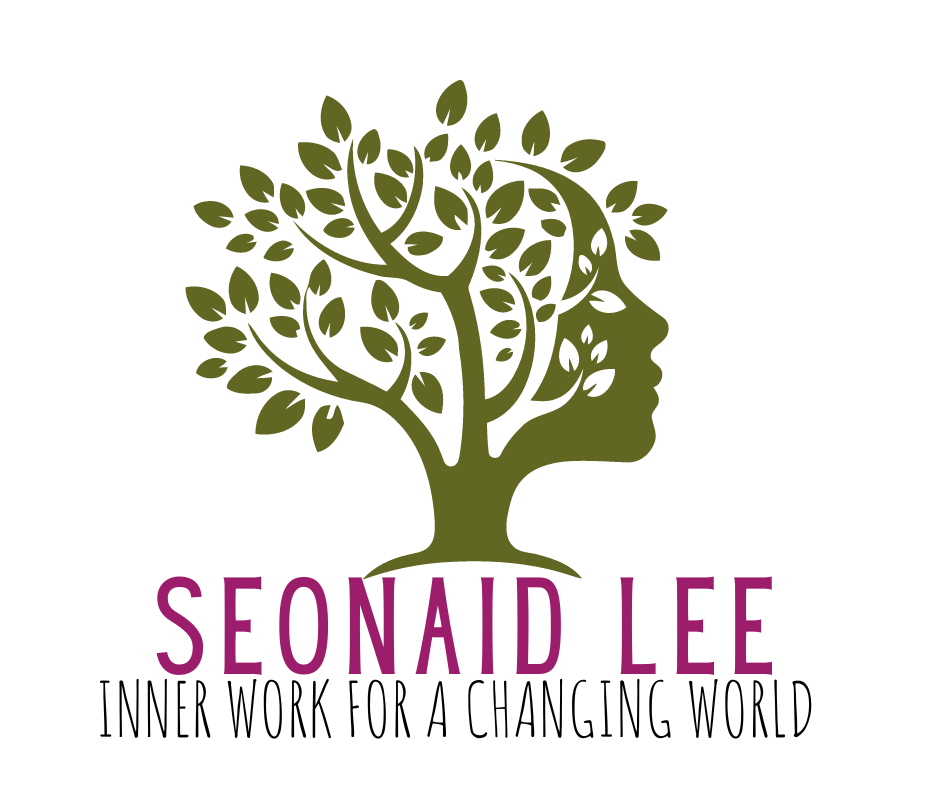This post was written to participate in 2010 Blog Action Day. Today the world is writing about Water.
Let me start with position. I live in a swamp (or possibly a marsh, according to one of my regular commenters). The photo in the header was taken in my back yard.
My front yard looks like this:

I am water rich. Never mind irrigation; we had to build raised beds to keep our plants from drowning.

It would be easy for me to be blasé, to consider this Water thing somebody else’s problem. Certainly many of the solutions that I see regarding water don’t ring true for my situation. There doesn’t seem to be much point to a rain barrel, for example. On the rare occasions that we water the garden, the lift is only 8 feet, and we put it back on the ground about 200 feet from where it started . The water doesn’t travel kilometres before or after it arrives in our house. Just metres.
It’s different having a self-maintained rural water system. We can’t use so much water that the septic is overwhelmed, because we certainly don’t want to contaminate that glorious river. We are in charge of making our own water potable with a UV filter. Our most pressing problem is that when the power goes out, our water system (including the filter) shuts down. Even in the middle of this abundance of water, if we lose electricity, we have nothing to drink. And it gives us a moment of pause to remember that for a large fraction of the world, this is always the case.
It is a useful reminder. We think nothing of drawing a glass of water, drinking half, and then pouring the rest down the sink. I caught myself doing it yesterday. We aren’t “wasting” water in this case, because we’re drinking surface, not ground water. We are wasting the power that moved it, but the water itself is just fine. The problem arises because the water we pour down the sink is now merged with the water we flushed down the toilet. In this situation, it is not how much water we are drawing that is the issue. The issue is how much water we are contaminating. The water that flowed into my house clean is flowing out dirty. And the same thing is happening in (almost) every house in North America.
This casual use of water in water-rich areas extends to our industrial processes (including farming). We produce effluent, manure lagoons, tailings ponds, leachates, pesticide runoff, and oil spills. We inject water into old oil wells to get more out of them. We irrigate from aquifers at rates beyond their replenishment and put golf courses in deserts. Overuse and contamination are woven into the fabric of our culture. We use water as though it were… um… water. But, you know. The way we used to think of it. Infinite. Abundant. Free. We even have a proverb about spending money as if it were… water.
In the part of the world I live in, as long as the power is on, we usually just don’t think about water. It surrounds us. It falls on our heads for days at a time. It magically appears at the touch of a button, or the turn of a tap. The biggest problem many of us have is keeping it out of our houses. The possibility that we could destroy something that is so prolific, or even more inconceivable, run out of it, is beyond our ability to imagine.
So I call upon those of great abundance to imagine. Imagine how to be responsible, how to recognize our extreme fortune. Imagine how to appreciate the blessings of water, and recognize it for what it is: nothing less than life itself. Water is not disposable, something to be bought, sold, and poisoned. It cannot be somebody else’s problem. There is no somebody else… there is only us, joined by the water that flows among and between us.
circleofblue.org documents the world water crisis in all its glory:
For more information about access to clean drinking water, check out charitywater.org:

